Why is Hong Kong shoulder specialist with 35 years’ experience happy to still be ‘medical student’?
- Dr Daniel Mok of Hong Kong Adventist Hospital – Stubbs Road visits international medical centres twice a year to learn new procedures to help treat patients
- Orthopaedic surgeon says dislocations are common among young sportsmen and women, with 86 per cent of further problems occurring within two years
In partnership with:
Hong Kong Adventist Hospital
Dr Daniel Mok, an orthopaedic surgeon at Hong Kong Adventist Hospital – Stubbs Road, visits international specialist centres twice a year to learn medical advances to help treat his patients. Photo: Frank Freeman
Hong Kong orthopaedic surgeon Dr Daniel Mok Wah-hong, who has more than 35 years of medical experience and teaches shoulder arthroscopy around the world, admits he still has much to learn.
“There seem to be new advances in medical treatments every month, if not every week,” says Mok, a specialist in orthopaedics and traumatology at Hong Kong Adventist Hospital – Stubbs Road, in Happy Valley.
“Doctors need to keep up to date – to learn what is the best antibiotic or drug treatment and the best new surgical treatment.”
There seem to be new advances in medical treatments every month, if not every week. Doctors need to keep up to date – to learn what is the best antibiotic or drug treatment and the best new surgical treatment
In between his regular Hong Kong duties and teaching in places including England, the United States, Denmark, Spain, the Czech Republic and mainland China, the honorary clinical professor at the Chinese University of Hong Kong, makes time to study, too.
He visits specialist centres twice a year, including Chicago’s American Association of Orthopaedic Surgeons, the Munich offices of medical technology company, Arthrex, in Germany, and several top Japanese hospitals in Tokyo and Osaka, so he can learn about particular medical advances that can be used to treat his patients.
“There are a lot of new ideas and equipment and many of these innovations help to shorten a patient’s hospital stay,” Mok says.
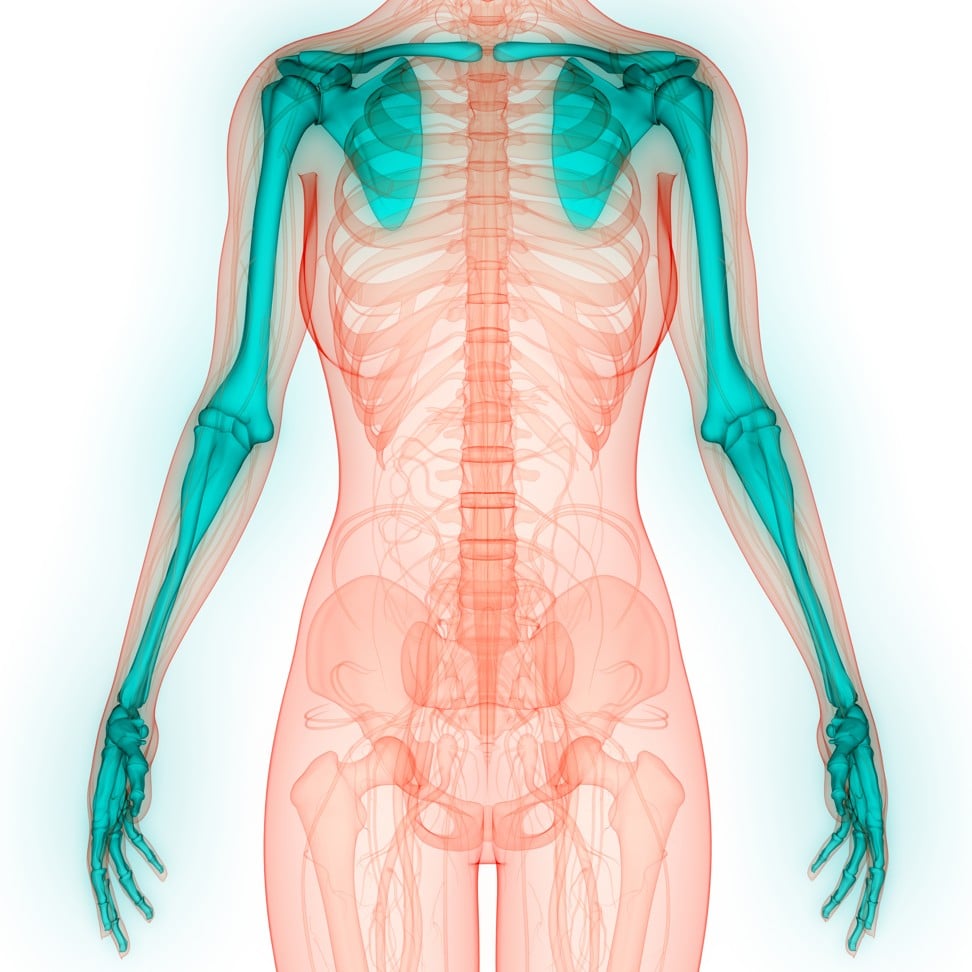
The shoulder – where the ball joint is much larger than the socket in which it sits – is the most common joint in the body to suffer dislocations. Illustration: Shutterstock
The shoulder is the commonest joint in the body to suffer dislocations – especially among young sportsmen and women.
Mok says there are as many as 1,600 cases presented to doctors in Hong Kong each year – of which about 72 per cent occur in men, with about 46.8 per cent of sufferers aged from 15 to 29.
Statistics show 58.8 per cent of all shoulder dislocations are the result of a fall, with 48.3 per cent of these occurring during sports or recreational activities with rugby and cycling two of the most common sports associated with the injury.
“The shoulder is vulnerable to this kind of injury because of its structure,” Mok says. “The size of the ball of the shoulder joint [is] much bigger than the sockets it sits in.
“It is rather like a golf ball sitting on a tee. Its stability depends on the ligaments which hold it in place. However, any impact which stretches these ligaments can push the ball over the edge and cause a dislocation of the shoulder.”
The shoulder [ball joint] is vulnerable to dislocations … It is rather like a golf ball sitting on a tee. Its stability depends on the ligaments which hold it in place … any impact can push the ball over the edge
Pain caused by dislocations can be severe, with the appearance of one shoulder obviously different to the other.
Mok says it is important that a shoulder dislocation is seen quickly by a doctor, who can put the joint back in place and also check if the dislocation has caused any other damage to nerves or ligaments.
“Shoulder dislocations cause a lot of pain and inconvenience, especially when they occur repeatedly,” he says. “This is why it is important that patients under the age of 35 should consult their doctor and have an MRI scan after suffering a shoulder dislocation.
“Significant injuries should be treated promptly and ignoring them can only lead to recurrent dislocation with further damage to the joint.”
In the past, the traditional way of recovering from a dislocated shoulder has been to rest the arm in a sling for four weeks.
“Unfortunately, this treatment is associated with a high rate of recurring dislocations, with 86 per cent of recurring dislocations taking place within two years of the original injury,” Mok says.
Age also affects the chance of a dislocated shoulder happening again. Studies show that patients aged 21 and under have a 72 per cent chance of recurrence. The younger a person is, the higher the probability of a repeated dislocation.

Orthopaedic surgeon Dr Daniel Mok, who has worked at Hong Kong Adventist Hospital – Stubbs Road since 2010. Photo: Frank Freeman
Recurrent dislocation can damage the shoulder, its tendons and nerves and cause unnecessary pain and inconvenience.
However, Mok says undergoing an immediate repair procedure can reduce the chance of a dislocation happening again within two years of the injury from 72 per cent to just 7.1 per cent.
A new technique using slimline instruments, sutures and arthroscopic or keyhole instruments can now be carried out with excellent results.
When these procedures are carried out by a skilled shoulder surgeon they can lead to good to excellent results in more than 95 per cent of cases, Mok says.
As health care costs rise, the need to heal and cure people quickly and efficiently is of benefit not only to the sick and infirm but also hospitals, as they face increasing demand and constant budget constraints.
Undergoing an immediate repair procedure can reduce the chance of a dislocation happening again within two years of the injury from 72 per cent to just 7.1 per cent
Hong Kong’s government said in this year’s budget that the cost of public health care has increased by about 7 per cent each year over the past decade.
In 2018-19, expenditure on services was tipped to shoot up to HK$71.2 billion (US$9 billion) – accounting for 17.5 per cent of the government’s total expenditure.
Mok, who has worked at Hong Kong Adventist Hospital – Stubbs Road since 2010, previously spent 18 years at the trauma and orthopaedics department at England’s Epsom Hospital, where he launched its shoulder treatment unit, which is recognised by the British Elbow and Shoulder Society as one of the top 5 in the UK.
After his return to Hong Kong, Mok soon introduced a technique called reverse shoulder replacement, where the normal ball and socket structure is reversed, with the artificial socket attached to the top of the arm bone. This allows the larger deltoid muscle to function as the new rotator cuff.
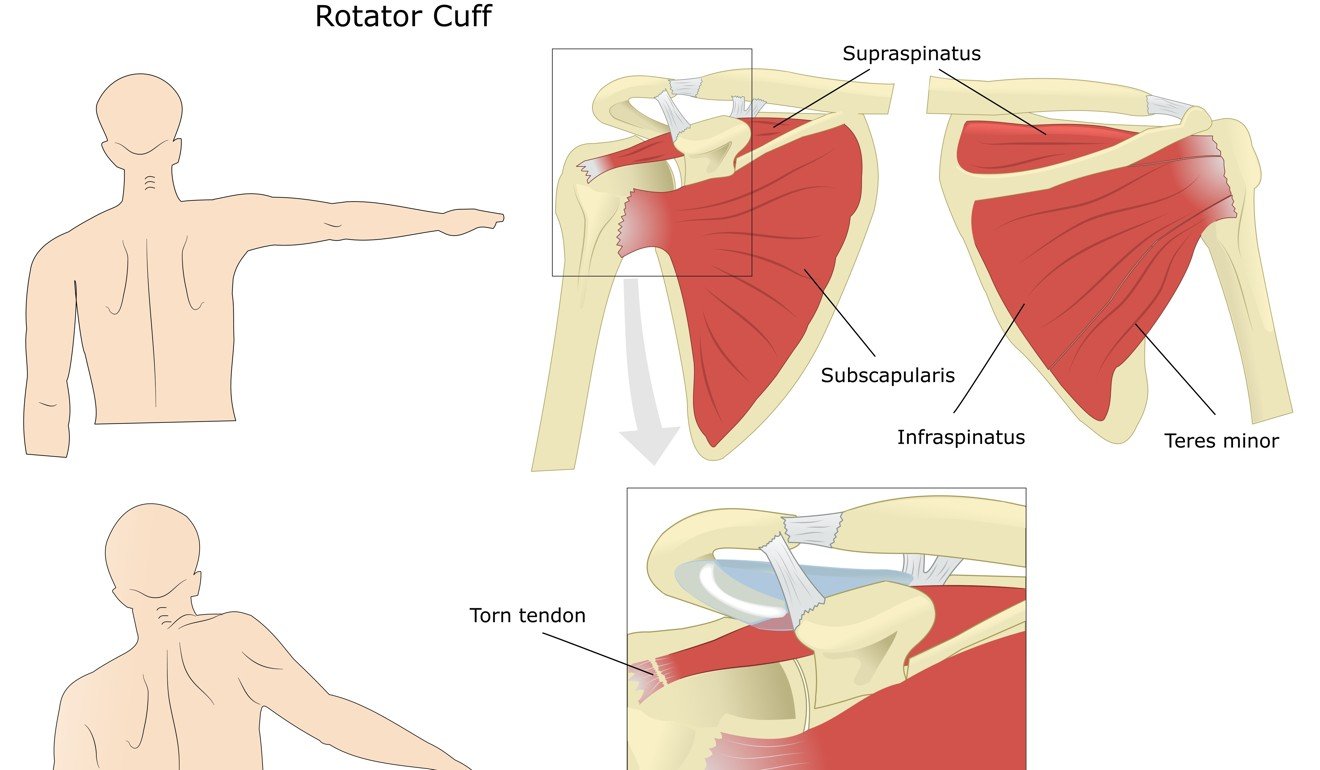
(Top) A normal rotator cuff – the four muscles that rotate the shoulder – and (bottom) with a torn tendon. Illustration: Shutterstock
The hospital now has a dedicated theatre team and specialised equipment to treat any shoulder and upper limb conditions.
Mok says working and studying abroad encourages medical advances and improvements in the health care of patients.
“Different countries have different specialities,” he says. “I learned my wrist surgery from Japan. I also learned some techniques in France.
“The two countries have different ways of treating problems, but also, until the last five years, both France and Japan would not speak English or publish anything in English, so to be up to date and find out what the world’s best people are doing, one has had to visit them.
Statistics show 58.8 per cent of all shoulder dislocations are the result of a fall, with 48.3 per cent of these occurring during sports or recreational activities, including rugby and cycling
“I also go to America to learn [the techniques of] some the upper body system surgeries and keyhole surgery. [Hospitals] want to cut down the duration of hospital stays so everything is keyhole surgery now.
“The good thing is Adventists is quite prepared to invest in new equipment, new surgical advancements and diagnostic equipment. To make treatment quicker and easier, they don’t hesitate at all.
“If there is a good business case with good scientific backup and clinical experience, they will go for it. That is a major positive for us doctors to have that benefit.”
He says that in addition to learning about new techniques and medical advances, experience gained from years working as a doctor remains very important.
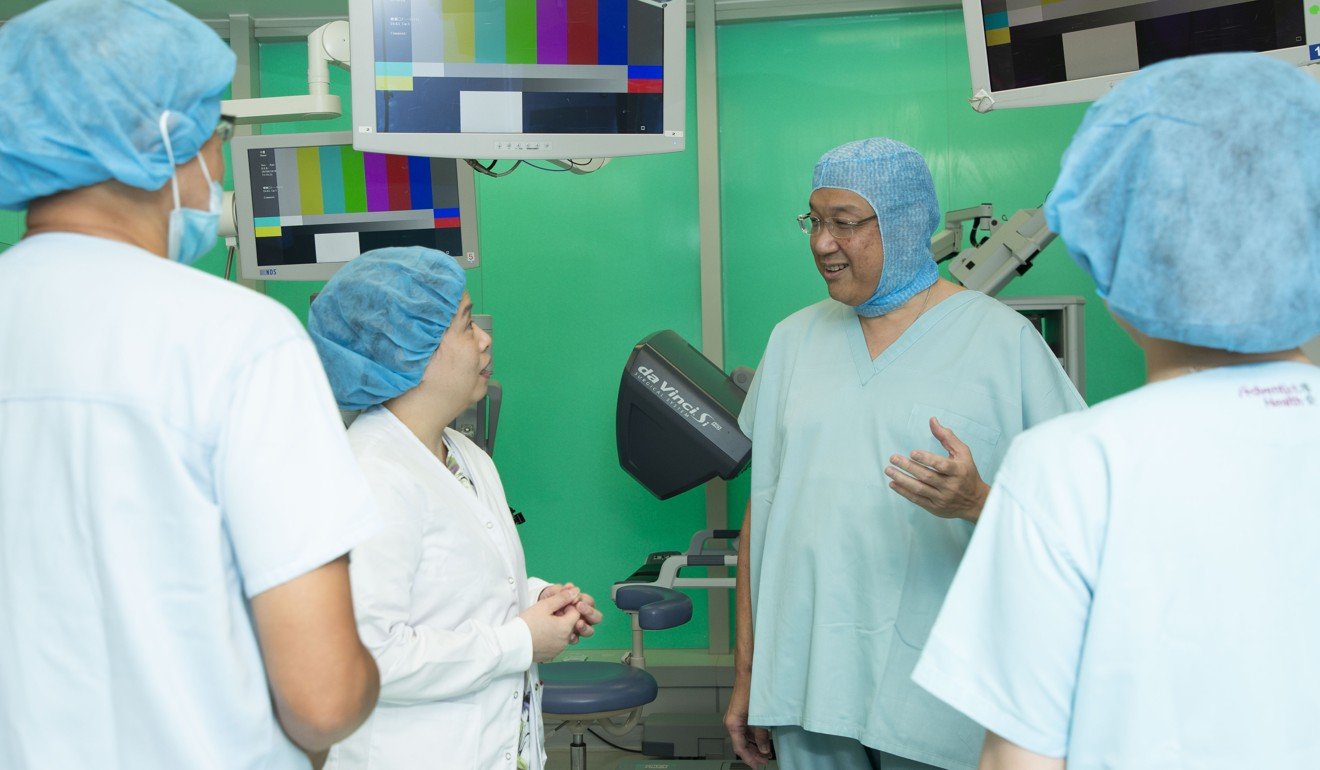
Dr Daniel Mok (centre) chats to medical staff in the operating theatre at Hong Kong Adventist Hospital– Stubbs Road. Photo: Frank Freeman
“Experience counts for a lot,” he says “I have been working in orthopaedic surgery for almost 35 years. In that time, I’ve seen a fair number of cases and can narrow down the possibilities that may arise in a certain medical situation.”
Spotting symptoms quickly and being able to accurately diagnose problems is critical for solving complicated cases, such as problems associated with torn hand ligaments, which are often overlooked.
“One problem is the result of a fall, when a person lands on their outstretched hand,” Mok says.
“If no bone is broken then some patients will think that they have suffered only a sprain, but sometimes a ligament between the bones in the hand may be torn.
“This is not easy to pick up, even after taking X-rays. The picture may come back and appear normal, but the patient still cannot do simple daily things, such as pushing themselves out of a chair.
“It is important to consult someone with the experience to pick up this kind of problem, which a general orthopaedic surgeon is unlikely to see.”
Another common problem he sees regularly is involves shoulder pains experienced by elderly people.
Mok says that if patients are more than 80 years old and suffering from diabetes, their shoulder pains may be the result of an internal infection.
“I am often asked by patients, ‘How did I get it?’,” he says. “Well, it obviously has come from the blood somewhere. Usually, the answer is from the patient’s bowels or bladder.
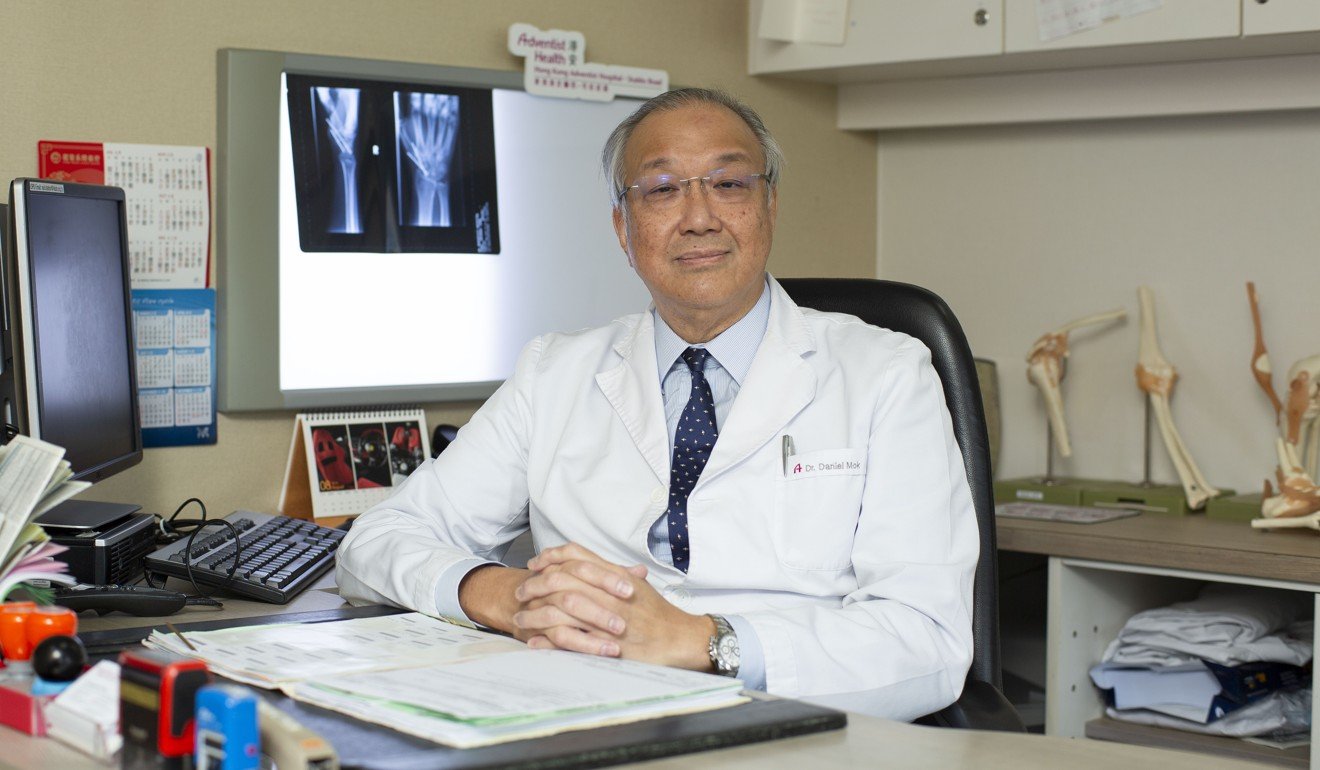
Dr Daniel Mok says effective treatment is vital after a shoulder dislocation because 86 per cent of recurrent dislocations take place within two years. Photo: Frank Freeman
“We do a blood test to confirm this and, if I am right, then I drain the wound and clean it all out. If the problem is in the bowel, then I call in the bowel surgeon and ask him to have a look.
“We can also do a special scan to look at different parts of the body to see where the infection source comes from. This is one of the benefits of the different technical investigations we can offer.”
Considering the human body has 206 different bones – each of them connected in some way to ligaments, muscles and tendons – there many different ways that each one of them can fail and break.
Mok says there are advantages in having specialists to help treat the often-complex problems of patients.
“Orthopaedic surgery covers quite a wide spectrum,” he says. “It extends from the neck down to the little toe, which means it includes things such as spinal, shoulder, elbow, wrist and hand surgeries. So, I do think it is good to have ‘super specialists’, as the Americans call them.
I learned my wrist surgery from Japan. I also learned some techniques in France … I also go to America to learn [techniques of] some upper body system surgeries and keyhole surgery … everything is keyhole surgery now
“However, Hong Kong doesn’t have enough orthopaedic surgeons to share the caseload, so we do have to look after a fair amount of cases.
“Fortunately, at Hong Kong Adventist Hospital – Stubbs Road we have specialists catering in each field here, but every hospital is different.”
Mok says his UK training has helped him to gain wide experience in the field of orthopaedic surgery. In addition to being the hospital’s shoulder replacement specialist and leading shoulder and wrist surgeon, he is also aware of the latest treatments for knee, foot and ankle sports injuries.
“The old medical system in the UK meant we had to do a variety of different aspects of surgery. So, before we started orthopaedic specialist training, we had to do a long period of apprenticeship.
“Even after being appointed consultants, the UK hospital required us to take care of everything that came through the front door. You can’t choose.
“In that way, we gathered more clinical experience … and never stopped learning.”


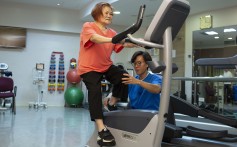
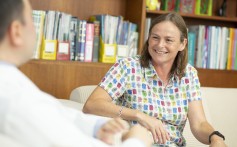


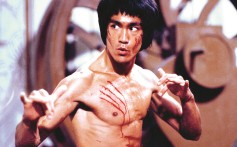




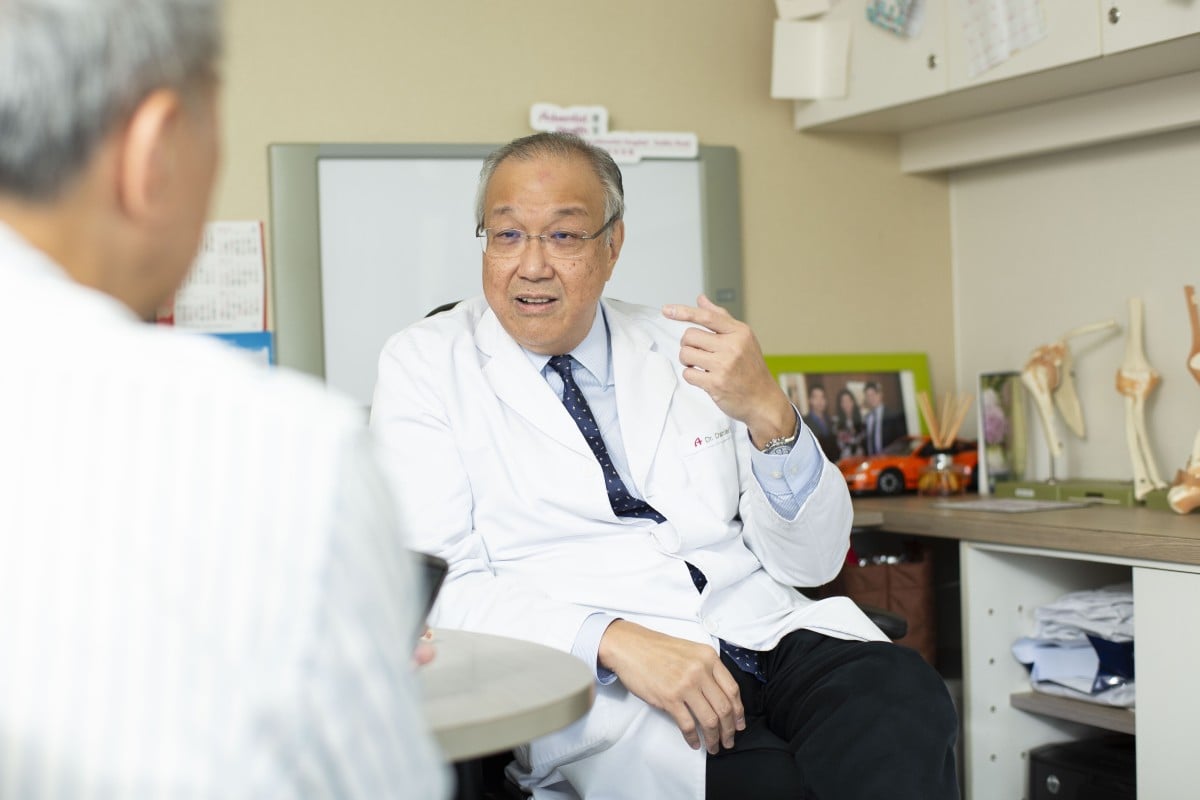
Comments